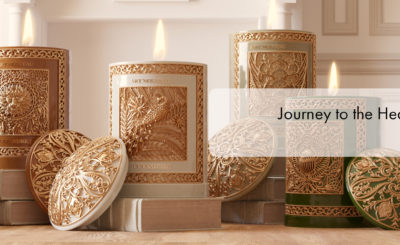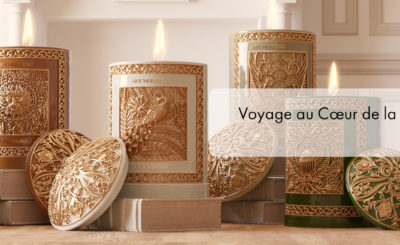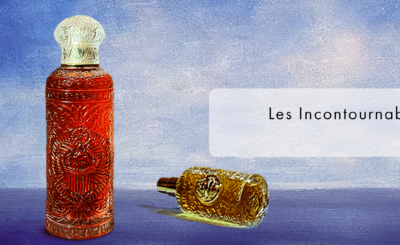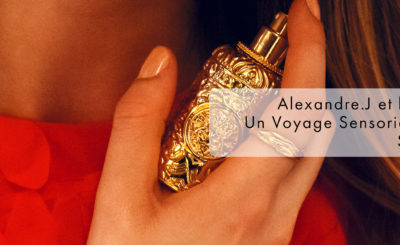One cannot deny that the worlds of art and architecture are forever intertwined. True enough, architects are ‘artists’ that master scale, shape, and proportion in their work… while art… oh, art… leaves that work the freedom of interpretation.
It is with the same cadence that we must picture how both art and architecture influence our quality of life. There is a precarious balance in the way that we are affected by trees in the forest as by buildings in the city. While most might often overlook this and consider these things ‘trivial’ as such, for Alexandre.J, this marvel is simply hard to miss.
His love for art and history brought him to creation. His thirst for beauty leads him to explore varied areas of art. French artist Alexandre.J delves into cultures to seek creative avenues that his imagination then turns into new worlds. An architect of materials and senses, he makes use of exceptional materials, pushing the limits of creation – giving life to objects to arouse emotions.
The Alexandre.J collection spans across different movements such as the Baroque architectural style, evident in The Collector with bottles resembling monumental columns and opulent packaging as if broad, sweeping steps on the approach. Another era comes into play as Alexandre.J honors the era’s centennial celebration with the Art Deco Collection ; each perfume revisiting a significant symbol of the roaring 20’s.
A designer with a keen eye, Alexandre.J is well-versed in the elements of structure. His love for globe-trotting has opened his eyes to different architectural styles in history. From Greek and Roman classic architecture, Baroque and Neoclassical, to Modern and Neofuturist – name it, he’s seen it… and as architect of the senses, interpreting the curves and lines of these styles flow naturally in his art. His appreciation of each period’s unique style and beauty are apparent in his works, but one of the most that stood out was La Belle Époque.
An era characterized by optimism, the Belle Epoque saw massive cultural advances, artistic freedom, social affluence, economic progress, and significant scientific and technological progress. The retrospective movement was centered in Paris, but extended across Europe, western Russia and even the United States. Although the architecture of the Belle Époque combined elements from several styles, the predominant architectural style was Art Nouveau. The style depended heavily on expressive qualities, all in the effort of breaking free from the imitative style that dominated the 19th-century. The distinguishing ornamental characteristic of Art Nouveau is its fondness towards nature; elegant, rhythmic, and graceful. Art Nouveau was undeniably an ethereal period that made use of some of the most sensual scents such as cyprus, patchouli, and rose.
The diffused essence of Art Nouveau inspired Alexandre.J to focus not only on the aesthetic value of the movement, but the entanglement of emotions brought about to society by such a revolutionary time in history. Alexandre.J delves to seek creative avenues that his imagination then turns into new worlds.






